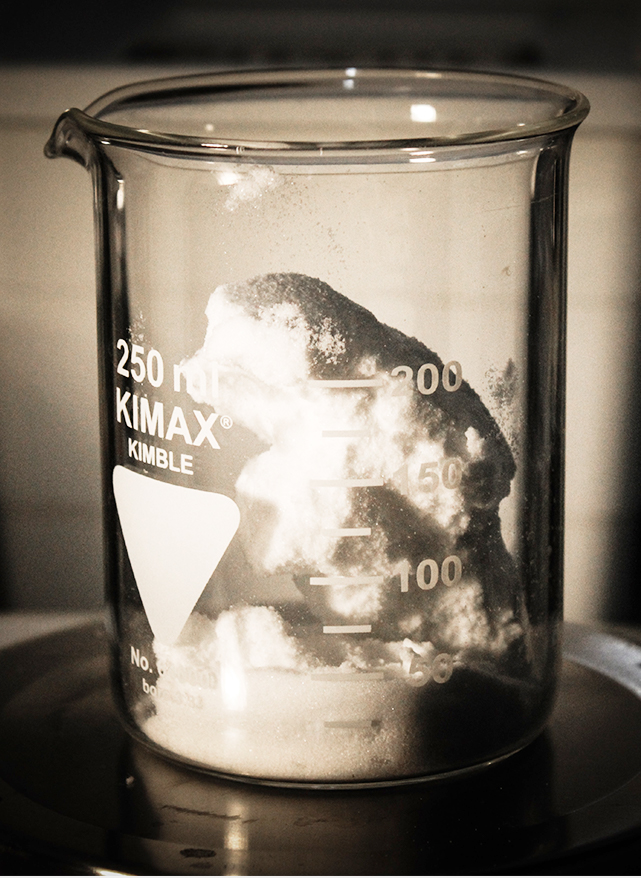
Applied to refractory materials
Silicon powder is usually the finest part of the castable. Due to the very fine particle size, silicon powder can be added between large particles to improve the bulk density of the castable. The compact castable has better impermeability, high strength and high thermal conductivity
The ultra-fine silicon powder particles are filled in the middle of the larger particles, and the highly efficient particles are stacked to produce low porosity
A small amount of silicon micro powder can improve the fluidity of the castable. The accumulation of dense particles produced by silicon micro powder can reduce the amount of water required for flow casting, making the sintered products have high strength and low porosity
The ultra-fine silicon powder particles are filled in the middle of the larger particles, and the highly efficient particles are stacked to produce low porosity
These submicron amorphous particles have high activity in the sintering process, and are easy to produce good ceramic bonding at low temperatures. In the alumina based materials, silicon micro powder will react with alumina to generate mullite, which can maintain good high temperature strength until 1800 ℃.
In the basic castable, the silicon micro powder reacts with magnesium oxide to form another high-temperature phase, magnesium XX stone
When silica fume meets cement directly, some particles on the surface of silica fume will be dissociated, which makes silica fume particles combine with each other. With the phase shift of time, this combination forms a network and renews to produce colloid. The gel can improve the strength of low cement castables. In addition, this colloidal structure can also compensate for the strength reduction caused by cement glue between 200-800 ℃.
For cementless castables, the low temperature strength benefits from the colloid production of XX.